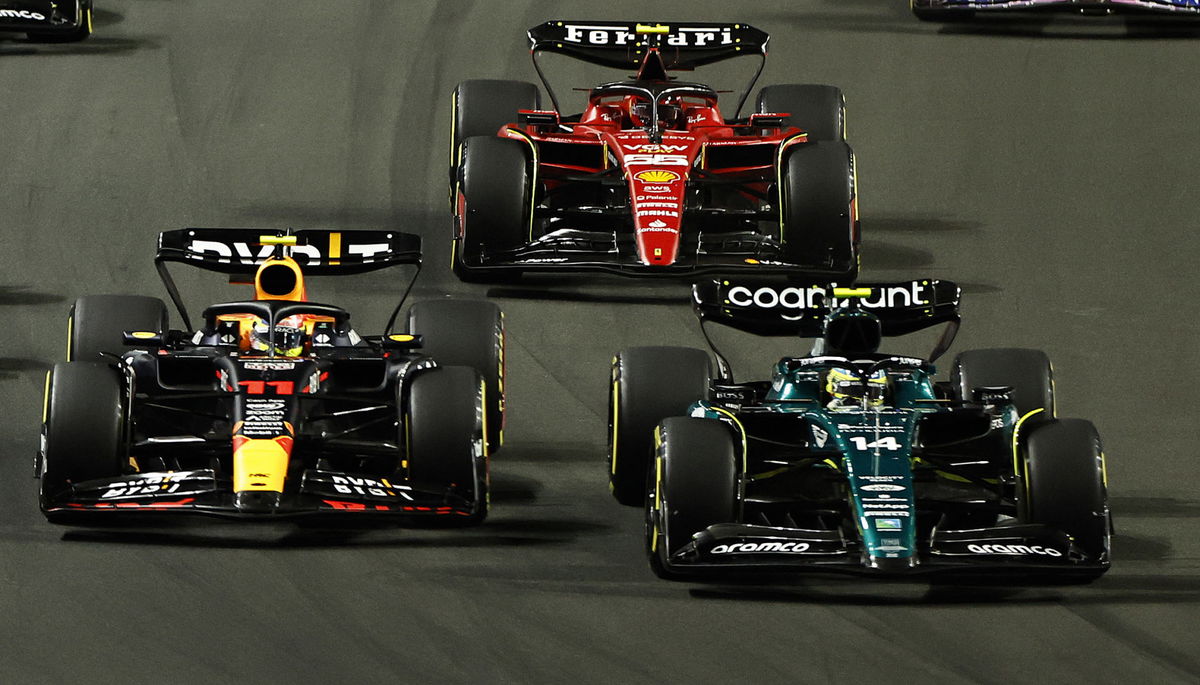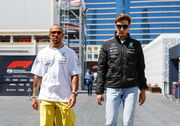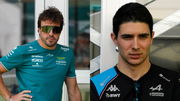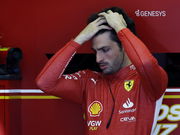
Reuters
Formula One F1 – Saudi Arabian Grand Prix – Jeddah Corniche Circuit, Jeddah, Saudi Arabia – March 19, 2023 Aston Martin’s Fernando Alonso in action ahead of Red Bull’s Sergio Perez and Ferrari’s Carlos Sainz Jr. at the start of the race REUTERS/Hamad I Mohammed

Reuters
Formula One F1 – Saudi Arabian Grand Prix – Jeddah Corniche Circuit, Jeddah, Saudi Arabia – March 19, 2023 Aston Martin’s Fernando Alonso in action ahead of Red Bull’s Sergio Perez and Ferrari’s Carlos Sainz Jr. at the start of the race REUTERS/Hamad I Mohammed
F1 is regarded as the pinnacle of Motorsport. Being an open spec series, teams have to work their way around the regulations to build the fastest possible car. Throughout the history of F1, teams have tried to find loopholes in the regulations to gain an advantage over the competition. In all honesty, multiple instances of a successful attempt have been recorded. But what is the controversial flexi-wing loophole that the FIA is clamping down?
Watch What’s Trending Now!
FIA introduced new regulations for the 2022 season that saw the ground effect return to the F1 car. The main focus of the regulations was to reduce the wake generated by an F1 car and to improve overtaking. As a result, simpler front wings were also introduced and the bargeboards were removed. The new simple front wings generated much less downforce compared to the old one as the “Y-250 vortex” effect was gotten rid of.
#F1: Teams will face a fresh clampdown on flexi wings after the Italian Grand Prix, with the FIA issuing a TD to ban tricks it believes are illegal. 🚨
The FIA has been taking a close look at flexible wings over the first half of this season as it believes teams have been…
— deni (@fiagirly) August 30, 2023
ADVERTISEMENT
Despite the fact that the ground effect compensated for the loss in downforce, F1 teams cannot help but ask for more. As a result, innovative ways to do so have been thought of. Flexi Wings is one such method that the teams use to improve the overall performance of the car. Let’s see why the front wing is so important and how the flexi wing helps the performance.
Why is the front wing so crucial to the F1 car?
The front wing is the first part of the car that hits the air and is the part that majorly defines how the air will flow around, over, and under the car. With the new ground effect rules, the effect of the front-wing downforce generation might’ve been reduced but the importance has increased even more. The role of how the wing flows under the car is more crucial than ever. With the removal of bargeboards, how the air moves around the side pods is also dictated by the front wing only.
ADVERTISEMENT
The front wing is also crucial as it plays a role in how the car loads up under braking and releases the load while accelerating. It’s the fine balance between creating downforce and reducing the drag at the same time. The earlier front wings also played a significant role in countering the wake produced by the front tires. Vortices were generated by the wing to move the wake away from the car.
ADVERTISEMENT
What is the Flexi Wing all about and how does it help?
Flexi wings aren’t something new to F1. Over the years, teams have come with multiple iterations of Flexi front and rear wings. Flexi means flexible. This term iterates that the wing flexes when put under load. 2010 and 2011 were famous years for Flexi front wings where the whole wing moved downward under load which helped create more downforce.
Top Stories
Lewis Hamilton Under “Incredible Pressure” From Fred Vasseur & Co, Alain Prost Doubts He Can Handle It at That Age

“Hamilton Owns You”: George Russell’s Bold Claim Against Lewis Brutally Backfires as LH Army Jumps to Their Idol’s Defence

Months After an Ugly Split With Alpine, Fernando Alonso Launches Another Attack on Esteban Ocon & Co. While Praising Aston Martin

Niki Lauda’s Burnt Helmet From Near-Fatal Accident Valued at $60,000 for an Auction

Why Is Audi Not the Best Bet for Carlos Sainz?


Reuters
Formula One F1 – Miami Grand Prix – Miami International Autodrome, Miami, Florida, U.S. – May 7, 2023 Aston Martin’s Fernando Alonso in action during the race REUTERS/Ricardo Arduengo
As to how it helps, a rigid, nonflexible front wing will perform the same way under load and offload. That means the downforce and drag will remain constant. However, a flexible wing means that cars are able to produce different drag and downforce when under the load and off the load. Hence it helps increase the straight line speed off load while increasing the downforce when braking or turning, as the front gets loaded.
ADVERTISEMENT
What is FIA doing to prevent the Flexi wings?
Aston Martin has been the team in the spotlight for the Flexi Front wing debate in 2023. A new front wing iteration was introduced by the Aston Martin team at the Spanish GP and ever since the team seems to have fallen off the pace. Multiple teams including Aston Martin were advised to make changes to their front wing by the FIA after the Azerbaijan GP. So Aston Martin’s lack of pace, new front wing concept, and FIA’s advisory do point toward an advantage gained from the wing earlier.
ADVERTISEMENT
FIA regulates how much a wing can be flexed by doing a load test on it. However, it is believed that the new Flexi Wing is made in such a way that it passes the load test when stationary but acts differently when put on a moving car. Nonetheless, a copy of TD018 was sent to the teams recently. FIA believes that the team is exploiting “regions of purposely designed localized compliance” plus “relative motion between adjacent components”
In TD018, the FIA states that it believes outfits are exploiting “regions of purposely design localised compliance” plus “relative motion between adjacent components” to deliver a significant boost to aerodynamic performance.
It states that any design that operates like this is…
— deni (@fiagirly) August 30, 2023
Motorsports.com states “Any design that operates like this is in breach of Article 3.2.2 of F1’s Technical Regulations, which states that all components that influence a car’s aerodynamic performance must be “rigidly secured and immobile with respect to their frame of reference defined in Article 3.3. Furthermore, these components must produce a uniform, solid, hard, continuous, impervious surface under all circumstances.”
ADVERTISEMENT
FIA has now asked teams to submit drawings and cross-sections of the fitments of the Front wing, rear wing, and all the elements attached to them as a measure to eliminate the flexi wing practice.
WATCH THIS STORY | Biggest Scandals in F1 History
Will this help the FIA completely eliminate that Flexi wing saga or will teams find another loophole? Only time will tell.
ADVERTISEMENT
ADVERTISEMENT
ADVERTISEMENT
ADVERTISEMENT

